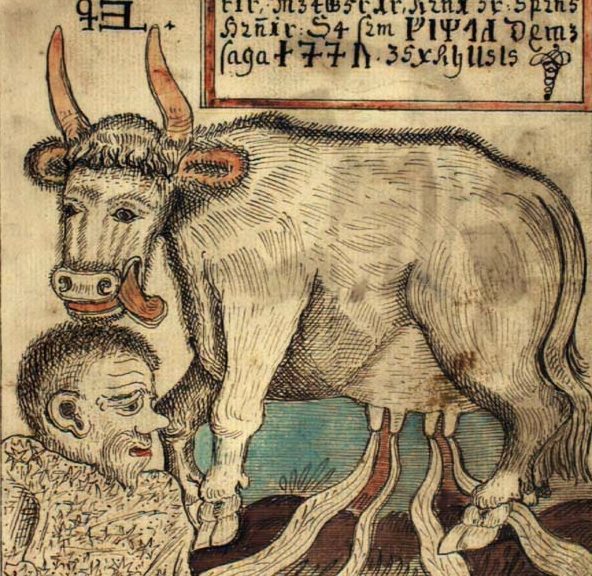More Valuable than Gold, Salt Shaped Civilizations and Magic
In ancient times, there were few commodities more precious than salt. Yes, salt. If you remember your high school history lessons, you know that the Roman legions got paid in salt, hence the word, “salary.” But why was salt so important, how did it affect our northern ancestors, and what is the history behind salt?
Yes, I got busy and did some research on salt. I thought I’d share what I discovered.
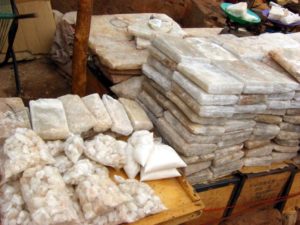 Why Salt was so Important
Why Salt was so Important
The history behind salt is actually pretty interesting. Salt is still an indispensable commodity for life. In the past it was used for preserving food, medicines, the processing of leather, mummification, and smelting metals. Livestock required salt as a supplement, so anyone who had livestock that couldn’t forage, would need to provide salt to keep their herds healthy. It was used in magic, religious, and purification rituals. And, of course, it was used to season food. In the Middle Ages, salt was actually considered a “spice,” rather than a mineral.
It seems odd that something we take for granted today — and are told that we get too much of — was so valuable then. This is because salt needed to be mined or extracted, and there were only a few ways to get salt, comparatively speaking. You either mined it by hand, or you set up some sort of evaporative system that enabled you to get the salt from sea water or salt water springs. The further inland you were, the less access you had to salt, unless you discovered a salt deposit and mined it.
The Oldest Town Discovered in Europe was a Salt Mine
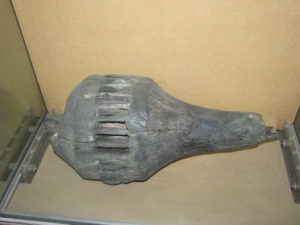
Before the wheel was invented, nearly seven thousand years ago, people were mining salt in northwest Bulgaria. They lived near salt water springs and boiled the salt water in kilns to distill the salt, itself. The workers would then bake the salt into bricks. They traded those bricks with local tribes for precious items, like gold.
Even though these people had no carts or wheels, they managed to build high rock walls to protect their investment. They were rich with gold; archaeologists have found 3000 gold artifacts in the area. This town, known as Provadia-Solnitsata, had about 350 inhabitants. 350 very wealthy inhabitants who lived in two-story homes and a gated community. Some things never change.
Salt Mining in Austria and Poland
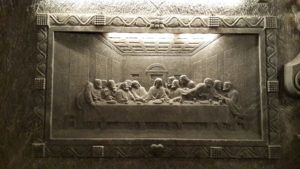
According to the Hallein Salt Mine’s website, salt mining has been going on for 7000 years there. Mined by neolithic Celtic peoples, salt was valuable to them as well. Prehistoric salt mining on the Dürrnberg began in the 6th century BC, rivaling the town Provadia-Solnitsata in age. My guess is that as people learned to harvest salt, there was a “salt rush,” akin to a gold rush. People who got in on the mining probably fared pretty well, comparatively speaking. Archaeologists have uncovered gold, amber, and coral objects, suggesting that the Celts were trading their salt for valuable items from other areas.
In Poland, the people have mined salt since the 13th century from the Wieliczka and Bochnia Royal Salt Mines. They’re kind of cool, having even an underground Christian chapel composed entirely of salt.
So What About Salt in Norse Mythology?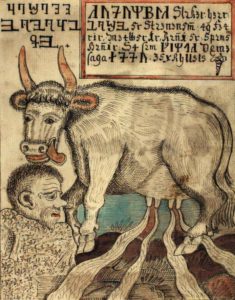
Salt was apparently crucial enough to talk about in our own creation myths. Auðhumbla, the primeval cow, licked the rime from where the cold and heat came together. This salt rime created Buri, the first god, and nourished Auðhumbla, even though we know full well today that there are no calories in salt. But maybe the Norse figured it was a magic rime, or the cow needed nothing else.
Stories of How the Sea Became Salty
Like many cultures which relied on the sea, the Norse had their own just-so stories that described how the sea became salty. In the Skáldskarpamál and the Poetic Edda, Grottasöngr, that is, the Song of Grotti, tells a story how King Frodi of Denmark purchased two giant woman slaves named Fenja and Menja to grind the magic millstones, known as Grotti. These millstones were so large that ordinary men could not use them. Frodi had the women grind out peace and prosperity for his people, but he forbade them to rest. The women then ground out an army that overthrew Frodi and the Viking leader, Mysing, took the millstones and the women on his ship. He ordered the
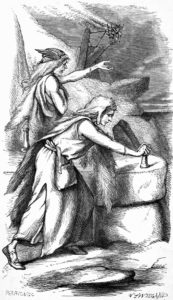
m use the mill and grind, but when the two women became tired, he forbade them to stop. They became angry and began to grind salt. They ground so much salt, that they sank the ship. The place where they purportedly sank is a whirlpool where below they grind salt to this day.
Salt in the Viking Era
Despite having a lot of salt water surrounding Norway, Sweden, and Finland salt was very expensive in the northmost countries and nearly nonexistent in Iceland. The Norse were more likely to use pickling, drying, smoking, and fermenting to preserve foods rather than salting them. The further south you went, the more likely you’d see salt as a method of preservation. In Denmark and England, you’d see more foods preserved in salt than you would in the northernmost lands. That’s not to say the Norse weren’t aware of salt and didn’t use it, but the further north you went, the more expensive it was.
Salt in Religious Ceremonies and Magic
Not surprisingly, when you realize how important salt was, our ancestors used salt in religious ceremonies and magic. Because of it’s antibacterial properties, our ancestors used salt in purification rituals and other types of magic. In my next post, I’ll cover some of those magical uses and maybe give you some ways to use salt in your own rituals.
